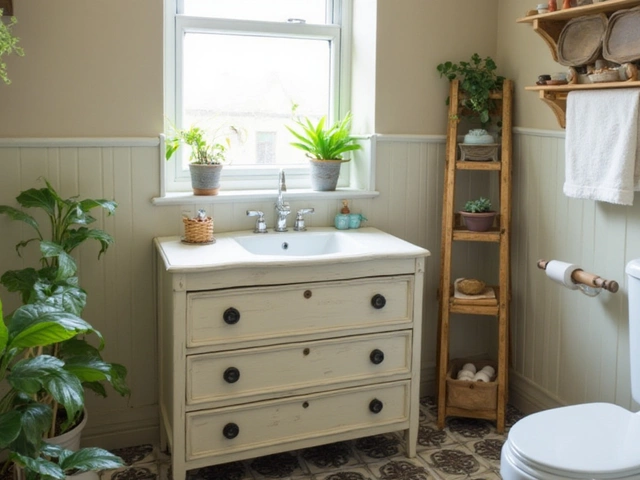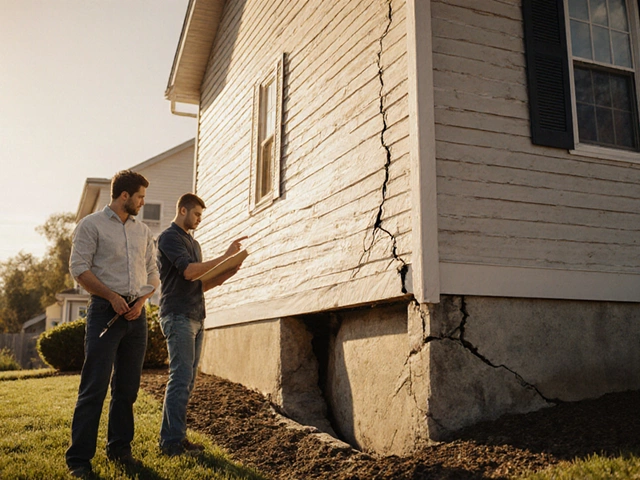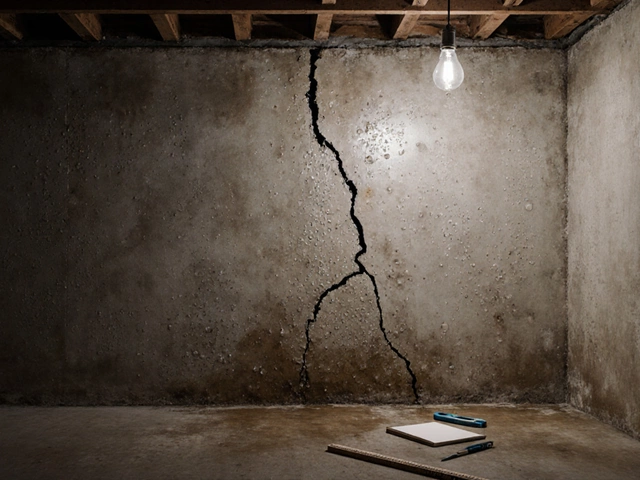Home Construction Made Simple: What You Need to Know Before You Start
Starting a home build can feel overwhelming, but breaking it down into clear steps makes it manageable. First off, the foundation is the backbone of every house. Look for signs like uneven floors or cracks in walls – they often mean the footing needs attention. If you spot movement, call a structural engineer early to decide whether a repair or a replacement is cheaper in the long run.
When it comes to choosing materials, local quarries are a gold mine. Limestone and other stone from nearby sources are strong, cost‑effective, and cut transport costs. Ask your supplier about the grade of stone and whether it’s suited for footings, walls, or decorative use. Good quality stone can boost durability and curb appeal without breaking the bank.
Roofing, Flooring & Finishes: Where Money Saves and Splurges Pay Off
Roofing often eats up a big chunk of the budget. Instead of picking the cheapest sheet, compare per‑square rates and consider longevity. Metal roofs last longer but cost more upfront, while asphalt shingles are cheaper but need replacement sooner. A smart tip: negotiate the price per square and ask for a detailed breakdown – hidden fees pop up fast.
Flooring in a new build is another place to balance cost and style. Durable options like engineered timber or high‑quality laminate give a modern look and stand up to traffic. If you want something extra‑hardy, consider ceramic tiles for kitchens and bathrooms – they resist water and last decades. Check the supplier’s warranty; a good guarantee saves headaches later.
Planning, Permits & Timing: Avoiding the Common Pitfalls
Before any ground is broken, double‑check your planning permission. Missing a document can halt work and add fees. Talk to the local council early and keep copies of every approval. While you’re at it, schedule the build around the weather – dry seasons speed up foundation work and exterior finishes.
DIY can be tempting, especially for simple tasks like sealing hairline cracks or improving drainage. However, if the structure shows any movement, leave it to the pros. Bad repairs cost more later, and a mistake on a foundation can threaten the whole house.
Finally, keep a running budget spreadsheet. List every material, labor cost, and contingency line. Track actual spend against estimates weekly; this habit catches overruns before they snowball. Remember, a well‑planned budget is the best tool for a stress‑free build.
Building a home isn’t just about bricks and mortar; it’s about making smart choices at every stage. By focusing on a solid foundation, sensible material picks, and clear planning, you’ll end up with a house that stands strong and looks great for years to come.
Do You Get Flooring in a New Build? Here's What to Know
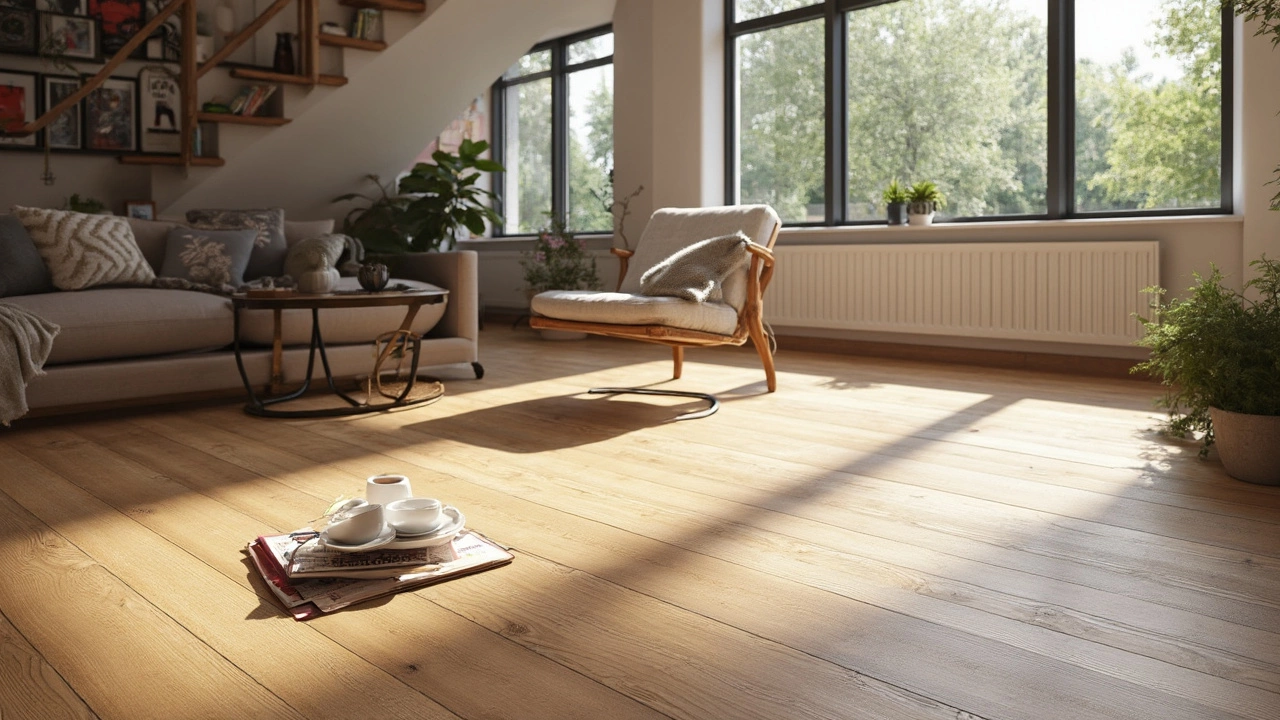
Ever wonder if new builds come with flooring as part of the package, or is it something you'll need to handle yourself? This article breaks down what to expect regarding flooring options in new constructions, helping you navigate through choices and prepare for potential extra costs. Discover the materials, styles, and tips for adding that final touch to your new home.
read moreCost Breakdown: Building a 3,000 Sq Ft House in California
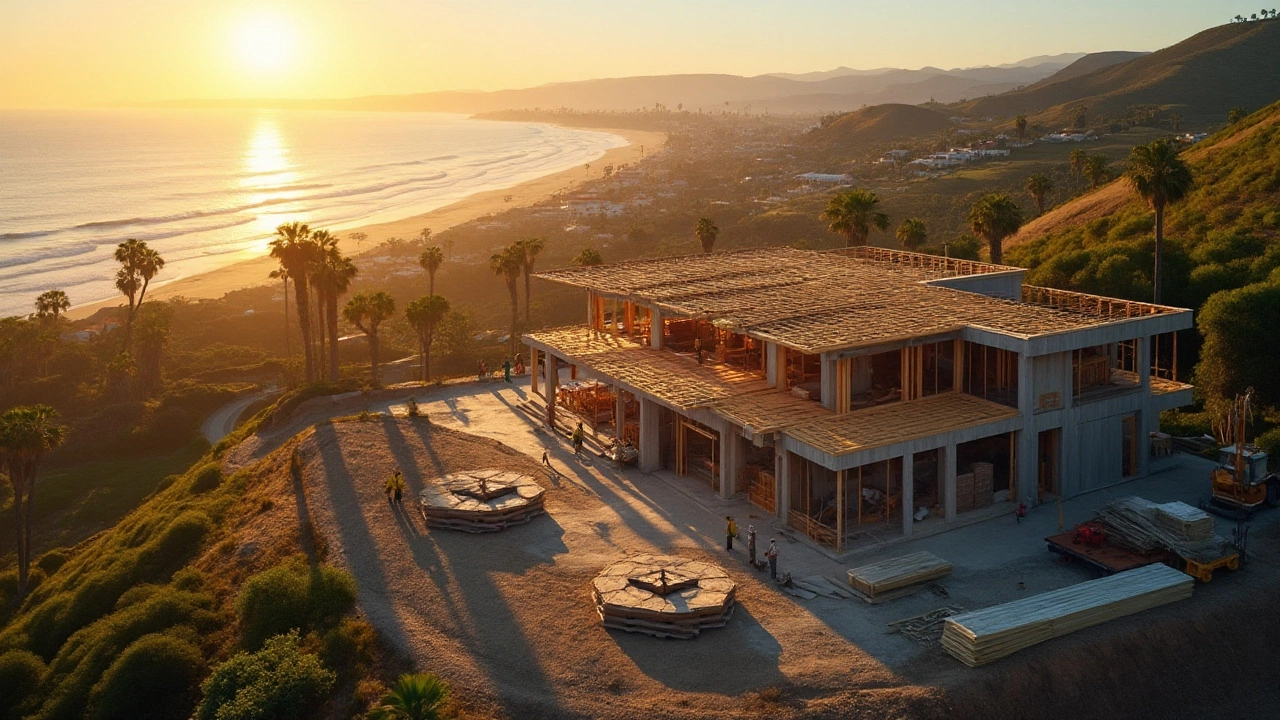
Building a 3,000 square foot house in California requires understanding various cost factors. From land acquisition to material selection, the expenses can vary widely due to location, design complexity, and local regulations. This article explores typical costs, practical tips, and essential considerations for aspiring homeowners in the Golden State. It's a guide to help navigate the exciting yet challenging process of home building.
read more
